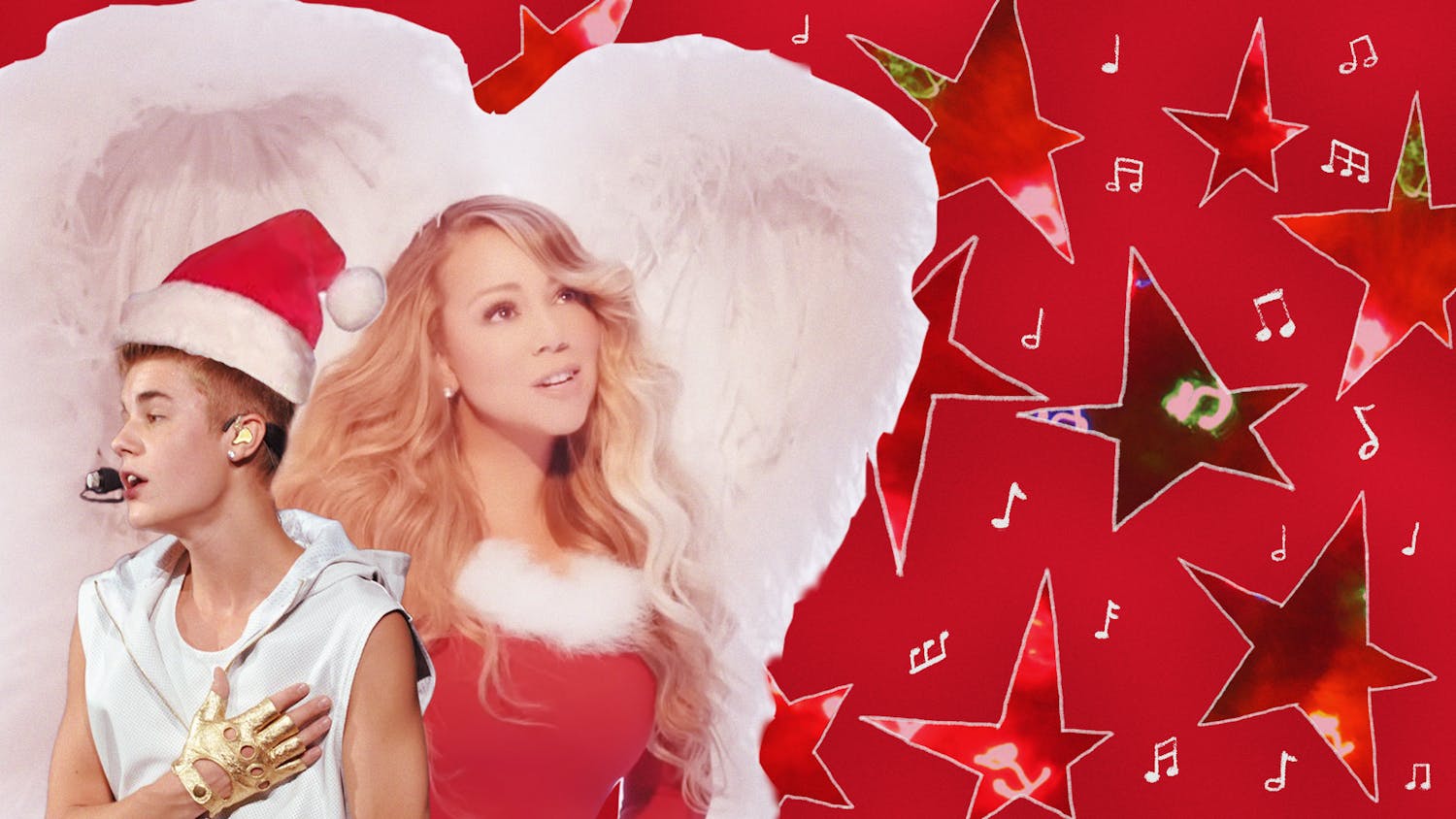The tipping point was seeing a Donnie Darko bunny rack up in the bathrooms of Union Transfer at a SBTRKT show. That the putrid version of dubstep the intermission DJ was spinning was enough to drive anyone to coke is beside the point.
In a packed house on Halloween eve, with everyone costumed to the nines and a sternum–shaking sound system in full evidence, what made Darko Bunny and many others like him turn to drugs for solace? The atmosphere of live shows — ever bigger, brighter, louder — almost makes coke, molly and weed redundant.
Yet here are Tron Girl, Wizard Dude and Fairy Chick scrounging around on the floor for their baggies, blunts and blow. When did live performance, a bastion of moneymaking entertainment in a desiccated era for the music industry, become a spectacle that required augmentation? Why did Darko Bunny need to powder his nose?
Where substances like cocaine and ecstasy are characterized as “party drugs,” concerts seem the ultimate environment in which to experiment. Supply is assured, big sound and big lights only bolster the experience and large groups of people, many under the influence as well, mean damage control if users green out or have a bad trip.
Josh*, a sophomore in the College who has smoked marijuana at a couple of shows, wouldn’t be drawn on his perceptions but suggested that “some people can definitely find it enlightening.” What enlightenment means differs from concert to concert, says Amy*, a Wharton junior who says she was “pretty high” at September’s Popped Festival. “If you’re at a festival and you’re on your feet for ten hours, the situation sort of lends itself to drug use.”
Crowds turning to drugs as a cure–all for boredom, a tired back and a lack of dance skills has become a mainstay of the festival circuit. Bonnaroo 2011 saw 380 drug–related arrests and the confiscation of over $12,000 worth of drugs. 200 were medically evacuated from the Electric Daisy Carnival in Los Angeles this year.
Josh claims he stays away from big dance festivals for this very reason. But the practice is becoming more pervasive, the infiltration of drug culture into mainstream events more complete. Changes to the chemical messenger dopamine through frequent drug use means that getting high becomes increasingly situational. Just as a front man holding out his microphone signifies audience participation, the crush of bodies, dazzling lights and wobbling bass of live shows become loud, unshakable sensory cues: get wasted now or you will not enjoy this.
Back at SBTRKT Darko Bunny is causing a fuss, but his twitchy whiskers, random limb jabs and dilated pupils fail to raise an eyebrow. So commonplace have the sights N.E.R.D. described — of “all the girls standing in the line for the bathroom,” grinning and stumbling, grinding teeth and dancing wildly — become, that it is now a faux pas to question them. A crowd constantly moshing, even in the silence between tracks, looks good from the obscured view of the artist on stage too.
But what drug use means for the future of live music is more worrying. Incentives for artists to actually perform — scratch, sing, dance or otherwise — rapidly diminish when the most the “black–out” audience can remember is how much water they drank. Audience members not high at one show inevitably resort to drugs at the next so that they don’t have to play sober witness to the antics of those ostensibly “enjoying themselves.”
The benchmark for measuring a good show gradually shifts from quality musicianship to how conducive it is to rolling. Sadly, rock ‘n’ roll is getting steamrolled by its towering partners in the decadent triumvirate: sex and drugs. *Names have been changed
More in Music–One Track Mind: Childish Gambino's "Freaks And Geeks"







